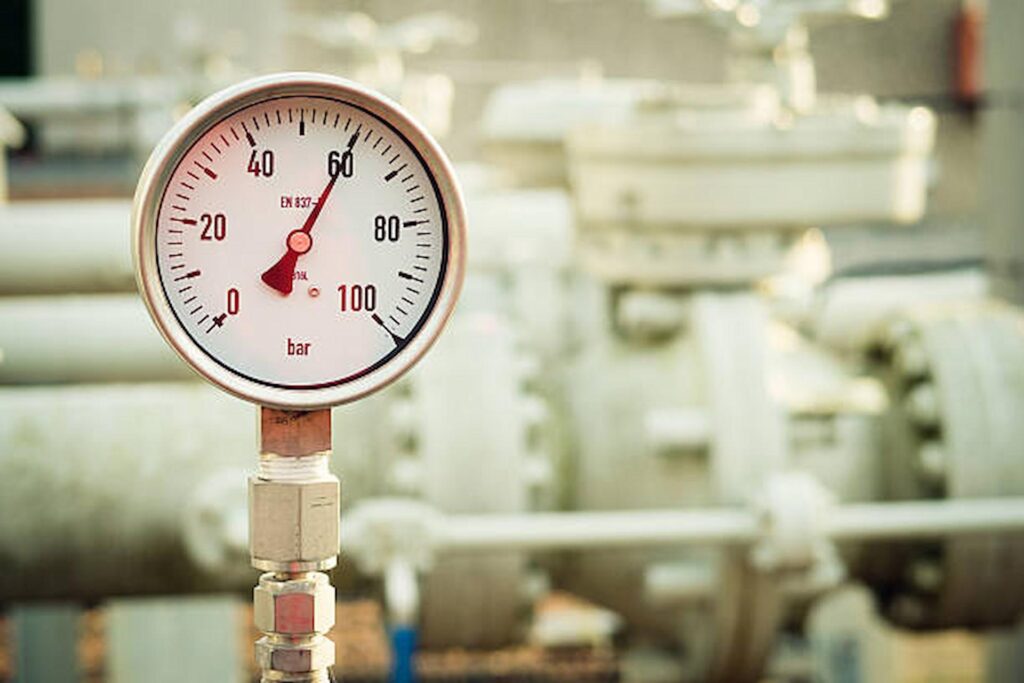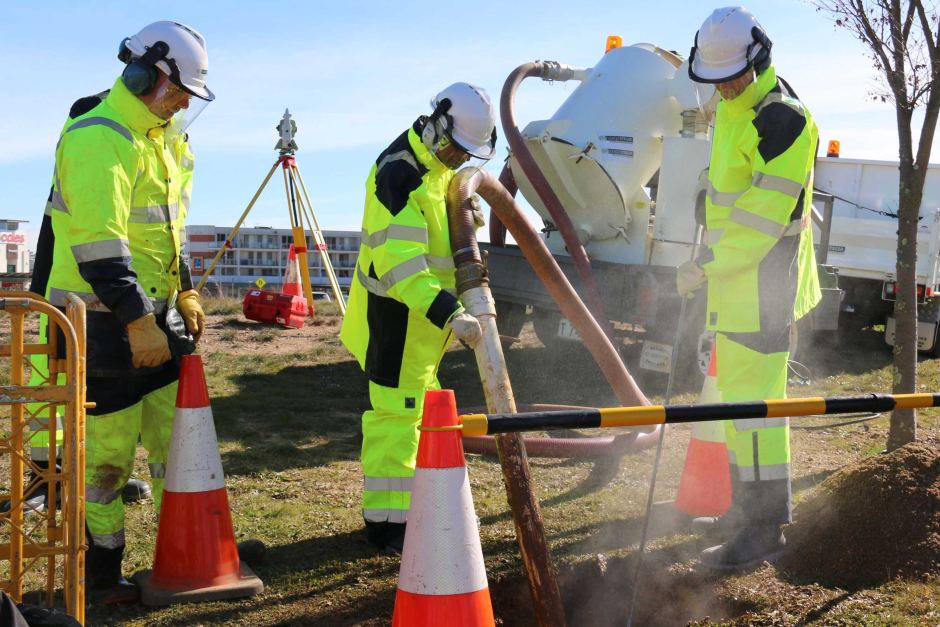Gauges are the most important tool you can have in your kitchen, but they can be difficult to use. When your gauge is out of calibration and you’re unsure how accurate it is, it’s easy to become frustrated or discouraged by the uncertainty of what pressures mean. To make sure that your pressure regulator is working as expected, you must know how to calibrate it!
Condition
Temperature
Temperature is one of the most significant factors affecting pressure gauges. Pressure gauges will rapidly lose accuracy when exposed to extreme temperatures, such as those found in a vehicle’s engine compartment. In addition, any gauge that’s stored outside its case for extended periods can become damaged by exposure to sunlight and weather elements (such as rain).
Humidity
Dampness can also affect your pressure gauge’s accuracy—especially if it hasn’t been properly sealed before use. You should store your gauge away from areas where there is high humidity or condensation buildup.
Test Equipment
To ensure that your pressure gauges are performing at their best, you should calibrate their test equipment regularly. Calibrating test equipment ensures that the accuracy of your gauge matches that of your calibration equipment and allows for greater consistency in measuring pressure.
Accuracy
Accuracy is the degree of closeness of a measurement to its true value. It’s not the same as precision, which is a property of your instrument and has nothing to do with how accurate you are; it’s just something that happens if you use a good instrument under proper calibration practices.
Range
The range is the difference between the highest and lowest pressure that a gauge can measure. It’s usually expressed in psi (pounds per square inch) or bar (barometric pressure).
For example, if you have a gauge that reads 0-120 psi and then you press it to 120 psi, you’ve increased its range from 0-120 to 0-130 psi. This means your gauge is now reading higher than before but not as high as possible—in this case, it’s at 130 PSIG even though there are no more numbers on it indicating different pressures available for measurement!
Tolerance
Tolerance is the difference between high and low readings on a pressure gauge.
Pressure gauges are used to measure pressure. They’re a common tool in many industries, such as the automotive industry and the oil exploration industry. Pressure gauges need to be calibrated frequently to ensure accuracy, so you can check pressure values with confidence. Calibration helps ensure that your pressure gauge is accurate and reliable when measuring pressures at different points in time or under different conditions (different temperatures).
Conclusion
To sum up, there are five things to consider when calibrating gauges. The first is the condition, which means making sure that your gauge is in good working order before you start the calibration process.


